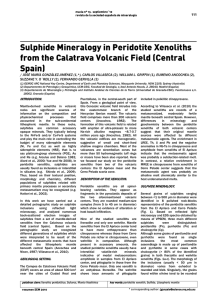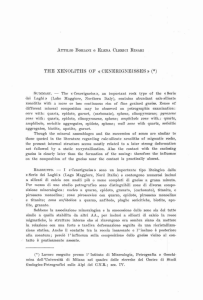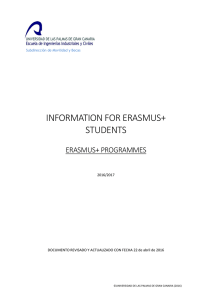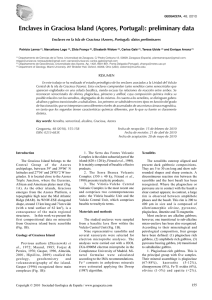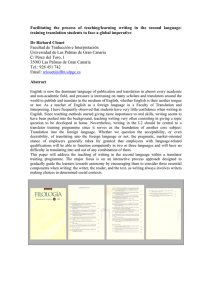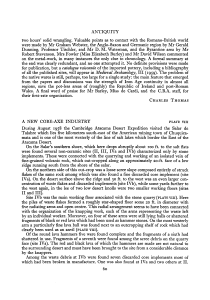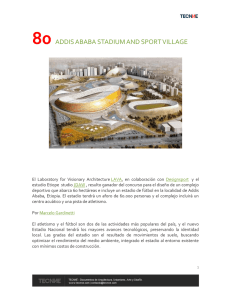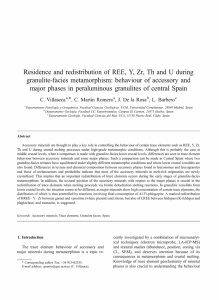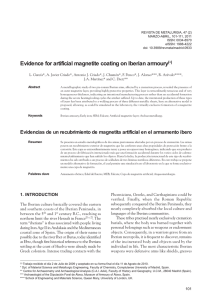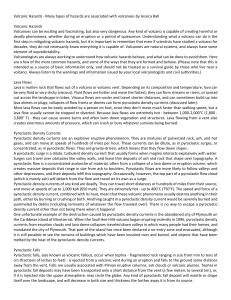Upper mantle and crustal origin of olivine-pyroxene
Anuncio
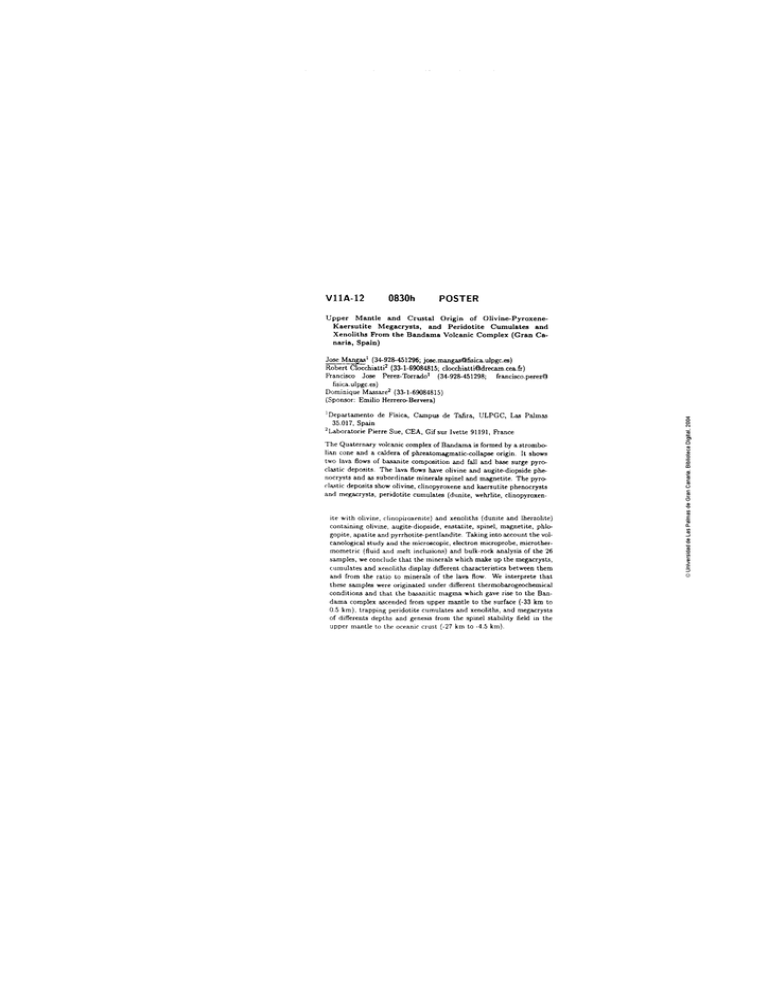
VllA-12 0830h POSTER U p p e r M a n t l e a n d Crustal Origin o f Olivine-PyroxeneK a e r s u t i t e Megacryats, a n d Peridotite Curnulates a n d Xenoliths R o m t h e B a n d a m a Volcanic Complex ( G r a n Canaria, Spain) Jose Mangas1 (36928451296; joae.mangasQhsica.ulpgc.es) Robert Clac&iatti2 (33-1-69084815; cloc&iatti@drecam c e d r ) Ftancisco Jase Perez-Torrado' (34-928451298; francisco.perezt3 fisi~a.ulpgces) Dominique Massare2 (33-1-69084815) (Sponsor: Emilio H e r r e r + A ~ r v p r ~ ! 'Departamento de Fisica, Campup de Tafira, ULPGC, Las Palmas 35.017. Spain 2Laboratorie Pierre Sue, CEA, Gif sur lvette 91191, hance The Quatcrnary volcamc complex of Bandama is formed by a strornbolian cone and a caldera of phreatomagmatic-collapse origin It shows two lava flows of basanite cornposition and fall and base surge pyroclastic deposits The lava Rows have alivine and augstediapside pheriocrysts and as subordinate minerals spinel and magnetite. The pyroilastic deposits shvw olivine. clinopyroxene and kaersutite phenocrysts and megacrysts, pendotite cumulates (dimite, wehrlite, clinopyroxen- ite wtth olivinp, rhnopirmenite) and xenoliths (dunite 2nd Iherzolite) containing olivinc, augite-diopstde, enslatite, spmel, magnetite, phlogopite, apatite and pyrrhotitepentlandite Taking into aceount the valc a n o l o g d study and the microscopic, electron microprobe, microthermometric (fluid and melt inclusions) and bulk-rock analysis of the 26 samples. we concliide that the mincrals which make up the megacrysts, curnulates and xenoliths dsplay dlfTerent characteristm between them and from the ratio to minerals oí the lava flow We interprete that thme samples were original4 under difieren1 LhermobarogeochemiraI conditions and that the basanitic magma which gave rise to the Bandama complex ascended fram upper mantle to the surface (-33 km ta O 5 km), trapping pendotile ciirnulates and xenoliths, and megacrysts of diKerents depths and genesis Irom the spinel stability field in the uppcr mantle l o the owanir crust (-27 km to -4.5 km)
